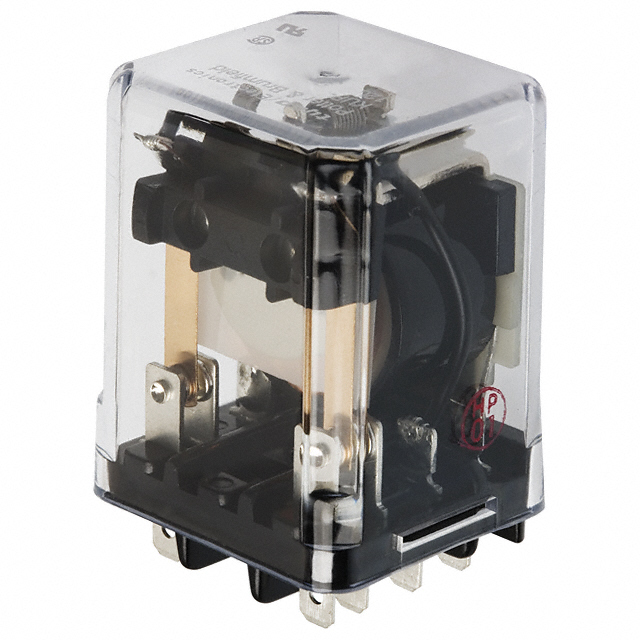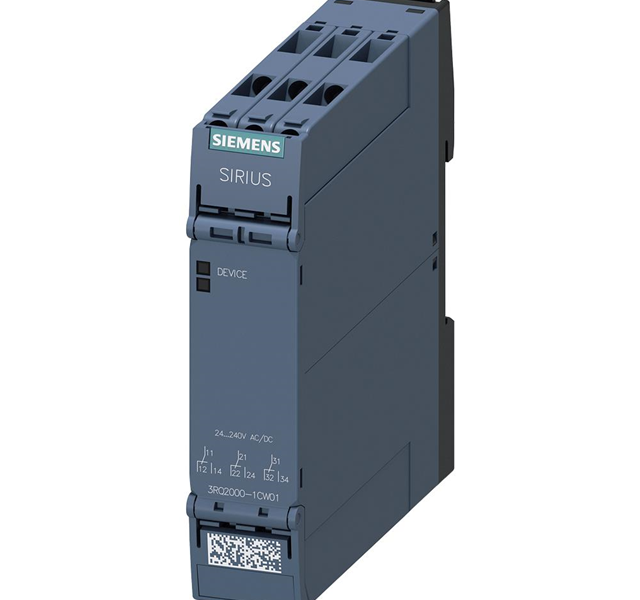In electrical engineering and power systems, Form X, Form A, and Form C are terms used to describe different types of contact arrangements in relays. These contact arrangements dictate how the contacts are configured and how they behave when the relay is activated or de-activated. The contact arrangements are standardized by the National Electrical Manufacturers Association (NEMA) in the United States and the International Electrotechnical Commission (IEC) internationally. Below, each of these contact arrangements is explained:
- Form X: Form X contact arrangement is also known as “Special Form.” It represents a non-standard or customized contact configuration specific to the requirements of a particular application. This means that the number and type of contacts can vary, and it is not covered by the standard forms A, B, C, or D. Form X contacts are tailored to meet unique relay needs that cannot be accommodated by the standard forms.
- Form A: Form A contact arrangement is the most basic and straightforward configuration. It consists of a single normally open (NO) contact. When the relay is activated (energized), this contact closes, completing the circuit and allowing current to flow through it. When the relay is de-activated (de-energized), the contact returns to its normal open state, interrupting the circuit.
- Form C: Form C contact arrangement is also known as “Changeover” or “Transfer” contacts. It includes three contacts: one normally open (NO) contact, one normally closed (NC) contact, and one common contact. When the relay is energized, the normally open (NO) contact closes, and the normally closed (NC) contact opens. When the relay is de-energized, the opposite happens: the normally open (NO) contact opens, and the normally closed (NC) contact closes. This configuration is often used in applications where switching between two separate circuits is required.
To summarize:
- Form X: Customized or non-standard contact arrangement for specific applications.
- Form A: One normally open (NO) contact.
- Form C: One normally open (NO) contact, one normally closed (NC) contact, and one common contact.

